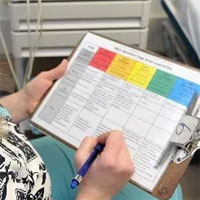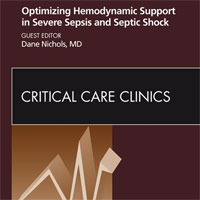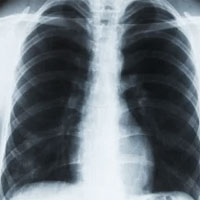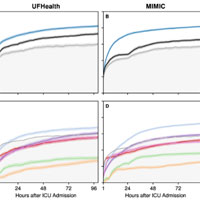Tag: ICU

Improved Guideline Adherence and Reduced Brain Dysfunction After a Multicenter Multifaceted Implementation of ICU Delirium Guidelines in 3,930 Patients
This large pre-post implementation study of delirium-oriented measures based on the 2013 Pain, Agitation, and Delirium guidelines showed improved health professionals’ adherence to delirium guidelines and reduced brain... read more

Did I Start the Opioid Epidemic?
Prescription opioid abuse is at epidemic levels. Opioids diverted from friends and family members who have legitimate prescriptions are a major source of abused prescription opioids. Nurses are vital to any effort to combat... read more

Design and Implementation of a Pediatric ICU Acuity Scoring Tool as Clinical Decision Support
Pediatric in-hospital cardiac arrest most commonly occurs in the pediatric intensive care unit (PICU) and is frequently preceded by early warning signs of clinical deterioration. In this study, we describe the implementation... read more

Antibiotic timing in Severe Sepsis
Severe sepsis is a time dependent condition and this study builds on previous literature which supports that early identification and treatment of sepsis with antibiotics decreases mortality. Retrospective analysis of a large... read more

Fever Control in Critically Ill Adults
One potential way to protect patients from the physiological demands that are a consequence of fever is to aim to prevent fever and to treat it assiduously when it occurs. Our findings do not support the hypothesis that more... read more

Optimizing Hemodynamic Support in Severe Sepsis and Septic Shock, An Issue of Critical Care Clinics
Guest Editor Dane Nichols, MD, has assembled a panel of experts focusing on Hemodynamic Support in Septic Shock. Topics include: Oxygen Delivery and Consumption: A Macro-Circulatory Perspective; Mean Arterial Pressure: Therapeutic... read more

ICU Utilization for Patients With Acute Exacerbation of COPD Receiving Noninvasive Ventilation
There is wide variability in the rate of ICU utilization for noninvasive ventilation across hospitals. Chronic obstructive pulmonary disease (COPD) patients receiving noninvasive ventilation had similar in-hospital mortality... read more

Why Do Bleeding Trauma Patients Die?
It is important that we recognize that we have seen a reduction in the number of deaths from trauma. That's a great thing of course, but we should not be complacent. It's also worth looking at where and how patients die.... read more

Neuro ICU Nurse Tips for Newbies
This episode discusses a few diseases processes that are typically seen by the neuro ICU nurse as well as a neuro floor. We chat about subdural hematomas, epidural hematomas, seizures, brain tumors, and diffuse axonal injury.... read more

DeepSOFA: A Continuous Acuity Score for Critically Ill Patients using Clinically Interpretable Deep Learning
Traditional methods for assessing illness severity and predicting in-hospital mortality among critically ill patients require time-consuming, error-prone calculations using static variable thresholds. These methods do not... read more

Prehospital Intravenous Fentanyl Administered by Ambulance Personnel
Prehospital acute pain is a frequent symptom that is often inadequately managed. The concerns of opioid induced side effects are well-founded. To ensure patient safety, ambulance personnel are therefore provided with treatment... read more

Reducing Catheter-associated Urinary Tract Infections in the ICU
Patients in the ICU are at higher risk for catheter-associated urinary tract infection (CAUTI) due to more frequent use of catheters and lower threshold for obtaining urine cultures. This review provides a summary of CAUTI... read more

ICU May Be Overused for Some COPD, Acute MI, HF Patients
For patients with COPD, heart failure and myocardial infarction, who are not critically ill, a stay in the ICU may be no more beneficial than staying on a ward, according to an analysis just published in the Annals of the... read more

The effects of performance status one week before hospital admission on the outcomes of critically ill patients
PS impairment was associated with worse outcomes independently of other markers of chronic health status, particularly for patients in the medium range of severity of illness. PS impairment was moderate in 17.3 % and severe... read more




